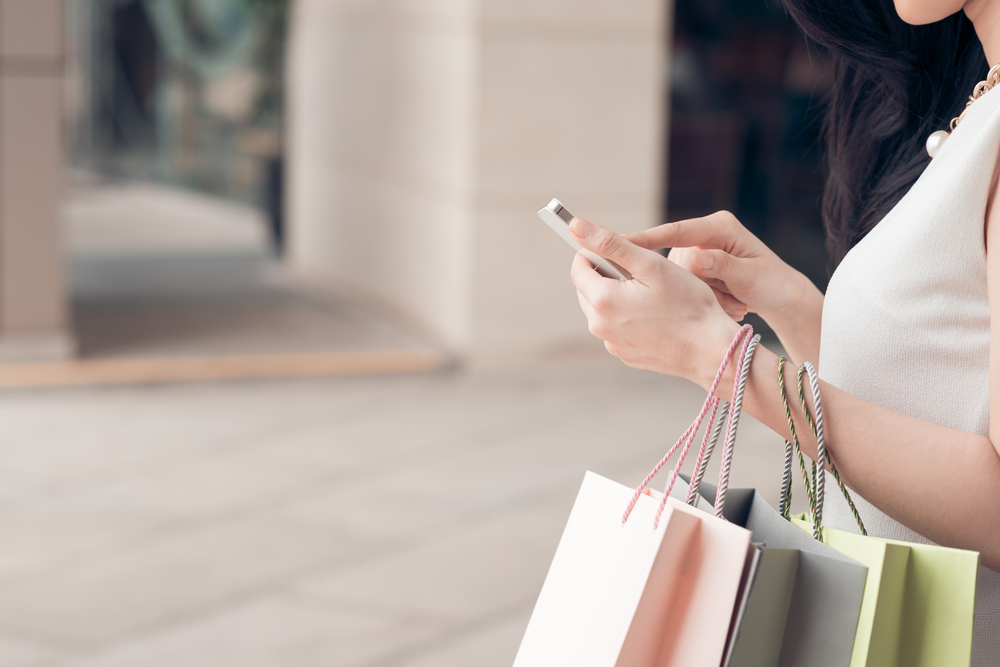Consumers in 2015 are totally amphibious between the physical and digital worlds, and expect the experience to be seamless in both. This was the message from a new study by Mindtree released today looked into the rise of the 'phygital' shopper, and how to cater for them and encourage them to shop more.
These high-expectation 'phygital' shoppers have a world of information at their fingertips and they’re just as comfortable shopping online as they are in a retail store, said the study.
Far from sticking to just one channel, UK shoppers prefer to combine online and in-store experiences in whatever way is most convenient or efficient for them, with 70% saying they prefer to combine online and in-store puchases, and only 5% shopping soley online. 20% want to use technology for locating products and self-checkout at kiosks for a faster shopping experience, and a whopping 90% are prepared to part with personal information to get a better experience, as long as it's not shared on social media.
> See also: Retailers struggle to meet omni-channel expectations
As Doug Stephens, retail industry futurist and founds of Retail Prophet, explains, it's a paradigm shift fueled by new technologies such as cloud apps, machine intelligence and connected smart devices.
'Until recently we have tended to view the dynamic between the web and physical stores as binary, with one format winning out over the other,' says Stephens. 'This clearly isn't true. We will see ecommerce become increasingly physical, tactile and immersive, and the in-store experience significantly more web like, connected and data-rich. In fact, technology is rapidly driving the evolution of both formats. In time, the lines between the two formats will become so blurred it will be difficult to know if the retail experience we've just had was digital or physical.'
And the rise of the connected shopper has flipped the traditional supply and demand model. Demand now discoveres supply, and at the hint of a need, this new breed of shopper interacts with various media and devices to find what they want.
> See also: Mobile continues to transform the retail landscape
'With the most phygital shoppers we have seen so far, the U.K. is at the forefront of the changing global retail landscape,' added Radha R., Mindtree’s executive vice president of Retail, CPG and Manufacturing. 'It has become crucial for retailers to meet these shoppers at the critical moments across all media, devices and channels and to offer a remarkable experience that makes them stand out in a crowded marketplace. Obviously there is no one-size-fits-all approach, but the smart retailers will conduct a comprehensive assessment of their omnichannel readiness.'
In light of all this, companies should be taking a comprehensive view of their omni-channel readiness, develop a plan to provide more in-depth store product information and comparisons, and improve 360-degree views of online products, adding in-store technology to enhance the shopping experience.
But a balance has to be struck between giving consumers the personalised information they need, and inundating them with messages they don't need. According to the study, despite the vast majority that were happy to share to share personal information with retailers, only around 5% of shoppers want social networking with them, despite 95% of retailers providing it. The report recommends instead developing loyalty programmes based on personal information that can be used to tailor messages based on customer profiles.







